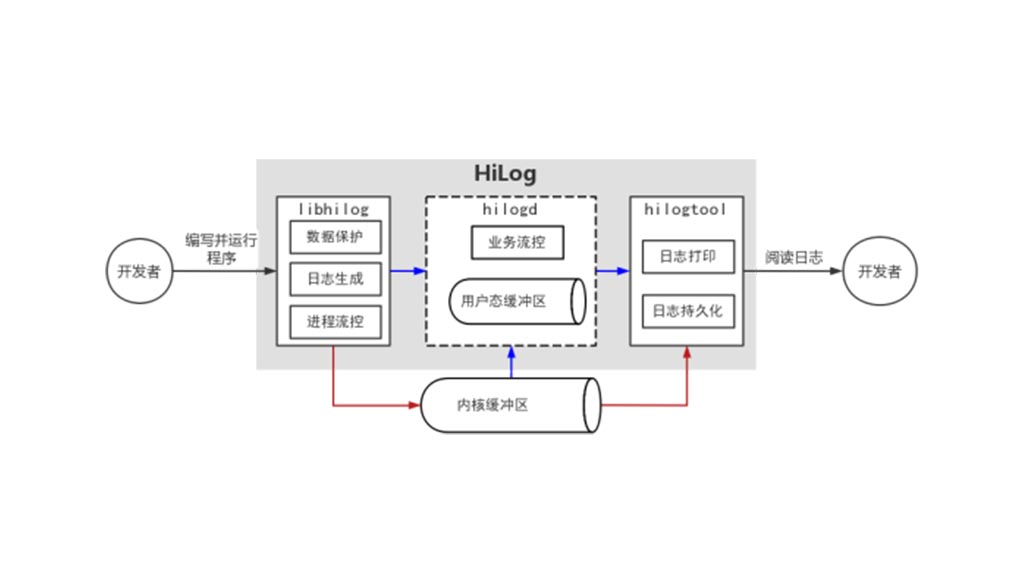OpenHarmony
HiLog log system is based on open source HarmonyOS

Recently, the Intelligent Software Research Center of the Institute of Software, Chinese Academy of Sciences has announced to make progress in the development of key modules of the domestic open-source operating system OpenHarmony. The research designed a log system model specification for the interconnection characteristics of OpenHarmony heterogeneous devices and developed HiLog, the first high-performance log system for open-source HarmonyOS – OpenHarmony.
This achievement has achieved a breakthrough in the OpenHarmony log system from scratch and from existence to strength. The relevant research results are entitled ” Design and Implementation of OpenHarmony High-performance Logging System HiLog “, which was accepted by “The Journal of Software”.
In the initial stage of open source project operation, many key subsystems of the OpenHarmony operating system have not yet been built, including the key log system. The log system is crucial to the development and maintenance of the operating system. It records all activities in the system, helps developers diagnose and solve faults, and ensures the security and stability of the system.
In addition, the log system can also help developers understand user usage and improve system functionality and performance. Therefore, it is necessary to build an efficient and reliable logging system for OpenHarmony.
In order to solve the problem that OpenHarmony lacks a log system, the team of the Software Institute, as the core technical force of OpenHarmony, conducts research and development. The team designed corresponding model specifications for HiLog, including performance principles, resource allocation principles, device compatibility principles, and data security principles.

Further, the team implemented the HiLog log system following the model specification. It improves throughput by designing an efficient IPC scheme and buffer model; realizing reasonable log resource allocation by building a flow control mechanism. Improving the compatibility of lightweight devices by separating functional modules sex. Finally, the team constructed multiple experiments to examine HiLog ‘s performance.
The results show that under the same hardware platform, HiLog is superior to similar foreign competing products in terms of performance and functions. In the log writing stage, the log throughput of HiLog is 114% higher than that of Android’s Log log system.
In the log persistence stage, the HiLog packet loss rate can be stably less than 6%, lower than Log. At the same time, HiLog also provides practical capabilities such as data security, flow control, and persistent compression that Log does not have. It is revealed that the latest research work is supported by the Strategic Leading Science and Technology Project of the Chinese Academy of Sciences, the National Natural Science Foundation of China, and the China Postdoctoral Science Foundation.
HiLog has become the core subsystem of OpenHarmony. There are more than 450,000 lines of calls in its system source code, and its business covers 100% of the subsystems. HiLog has a high degree of influence in the community, has assisted millions of global ecological developers to develop and maintain codes, and provided business support for relevant units.
HiLog has been widely deployed and used in 14 industry releases and 32 commercial devices. With the release of HarmonyOS API-9, all HarmonyOS devices will use HiLog as the log system. By then, HiLog will run on more than 320 million devices to complete log collection and management and provide important log data.






